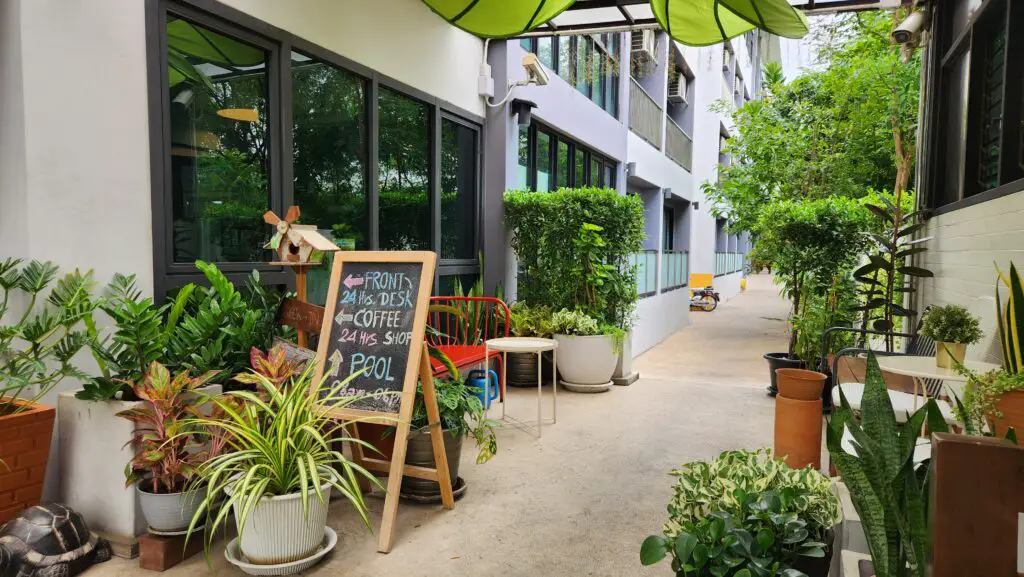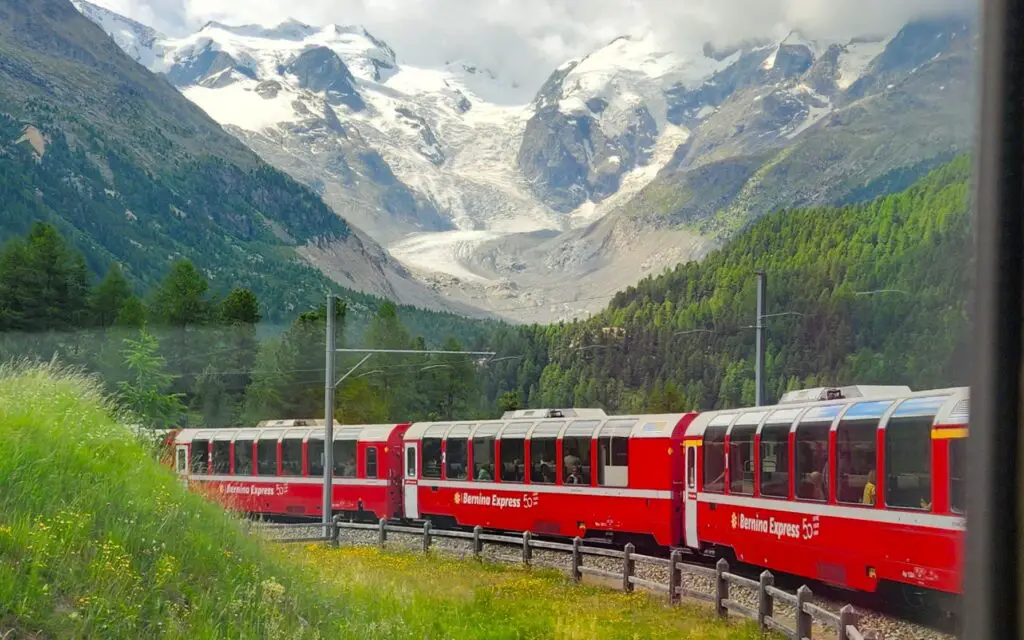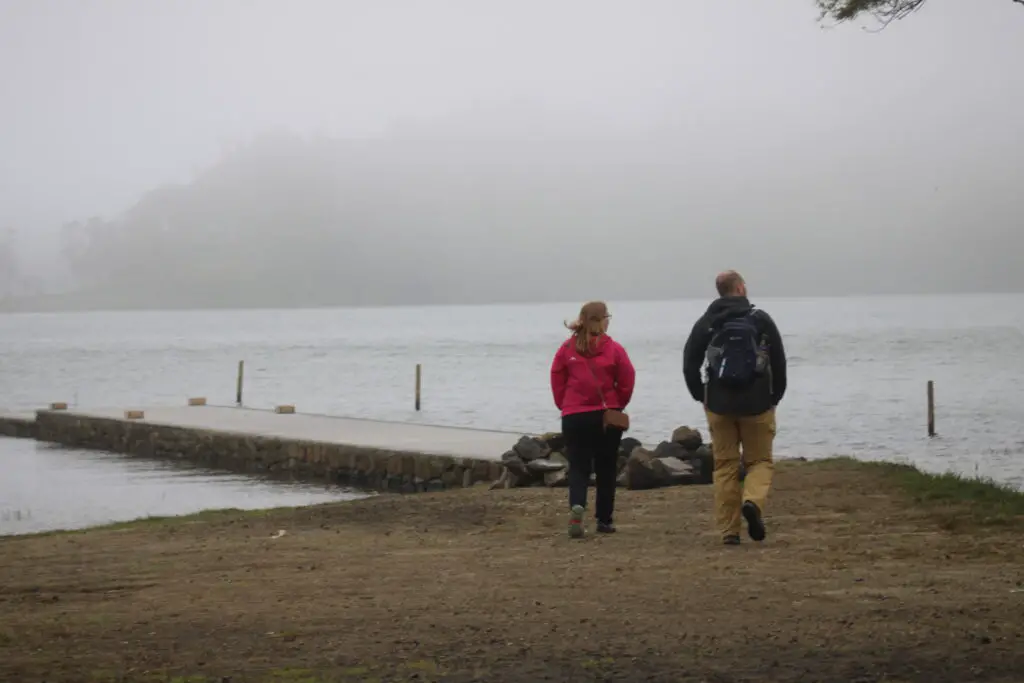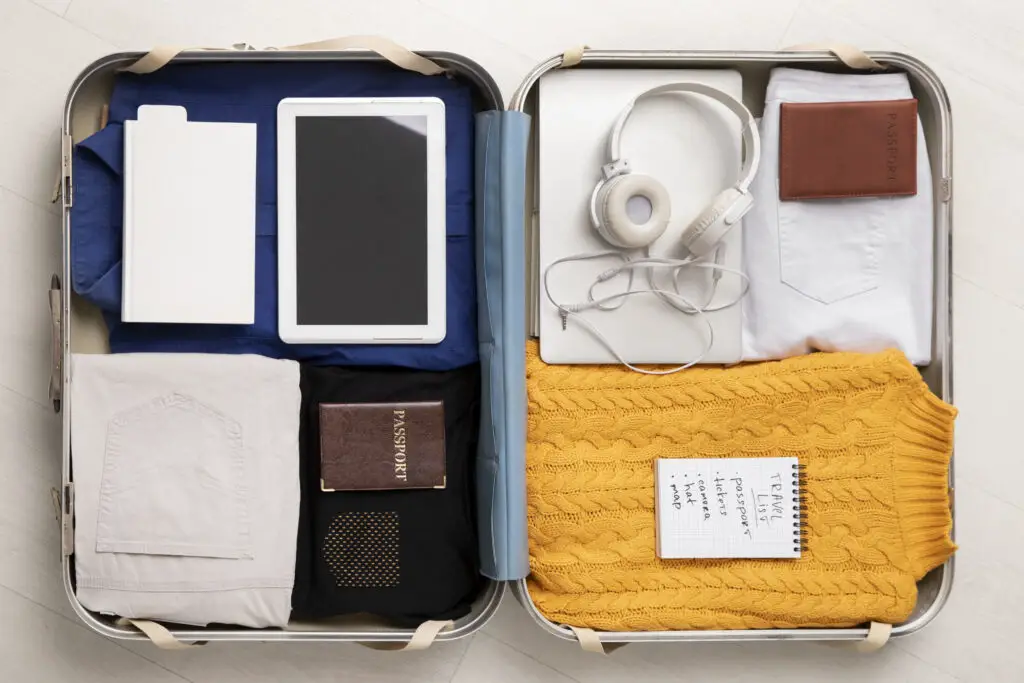Welcome, fellow explorers! So, you’ve decided to make your own travel plans. You’ve got that glint in your eye, the one that says, “I’m ready to tackle this adventure head-on.” Buckle up, because we’re about to make this the easiest thing you have ever done and it will be your masterpiece. Think of it as your version of Michelangelo’s Sistine Chapel, just with fewer cherubs.
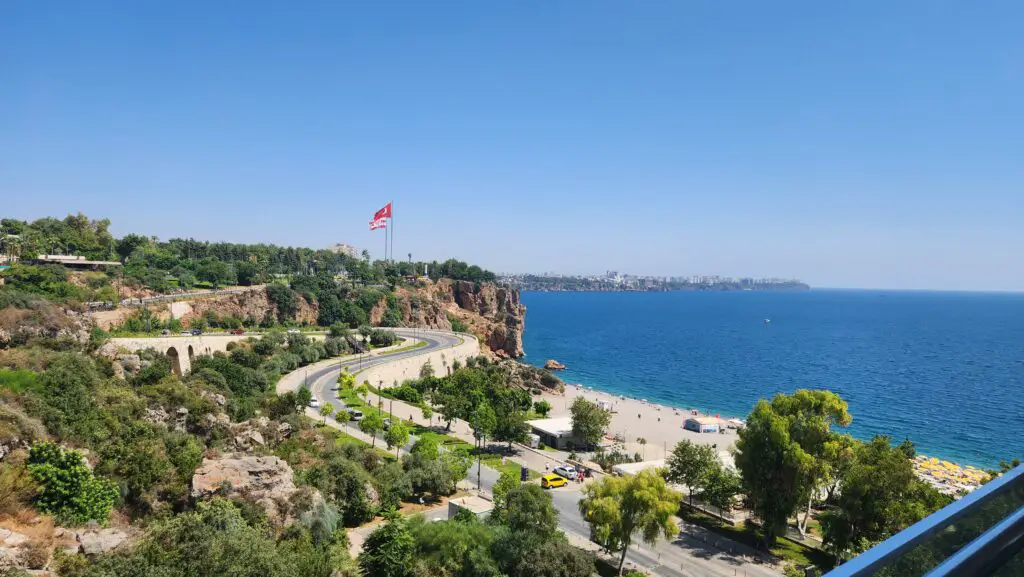
The steps below should guide you through creating a perfect trip that optimizes experiences and costs. Following the process always yields good results! At a high level, it is broken down like this:
Steps 1-2) Define your vision for the trip
Steps 3-5) Trip Logistics
Steps 6-8) Final Considerations and doing the thing!
Table of Contents
ToggleStep 1: Setting your travel goals
Let’s get the basics out of the way. When it comes to DIY travel planning, you need a goal. It’s like setting the GPS for your epic journey. Ask yourself, “Why am I doing this?” Are you in it for the pristine beaches, the bustling city streets, or maybe you’re just chasing that ever-elusive wanderlust? Choosing the purpose of your travel is the guiding light for the rest of your planning, choose wisely and everything else falls into place! Purposes can ultimitley be broken down into 2 categories, then trip types beyond that, choose one of these and keep it in mind for the rest of the steps:
- Holiday – The goal is to relax as much as possible
- Adventure – The goal is to do something exciting with your trip
- Long Term/Full Time – The goal is to sustainably travel forever
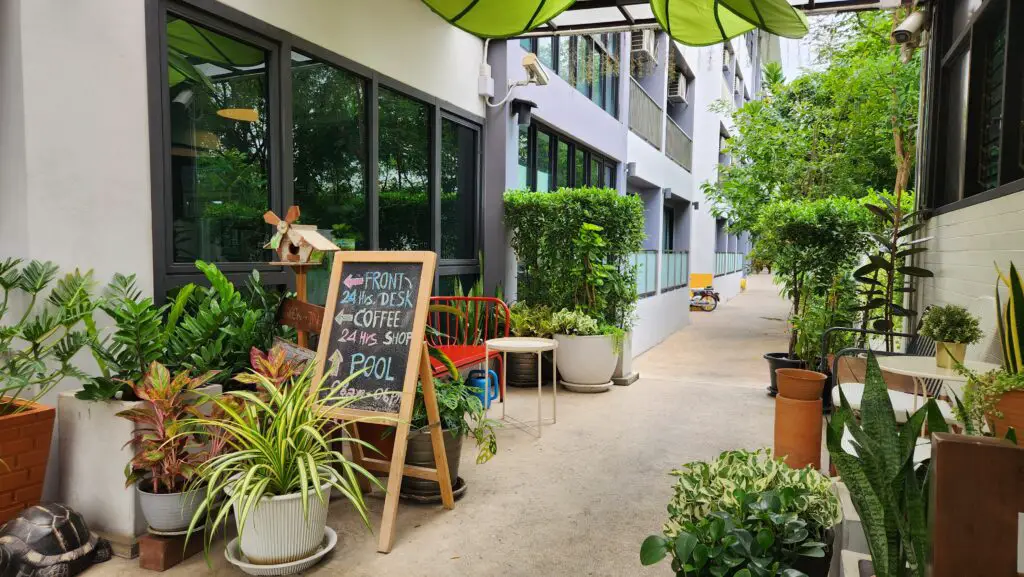
Once you decide which category of travel you are planning for, there are plenty of different kinds of trips! Of course, people usually decide on some combination of both. Here is a list of examples:
- Holiday
- All-Inclusive Resorts
- Cruising
- Beach
- Adventure
- Camping
- Hiking
- Scuba/Snorkel
- Skydiving
- Hang Gliding
- Parasailing
- Sailing
- Surfing
- Long Term/Full Time
- Van Life
- Boat Life
- Train Travel
- Airplane Travel
“But what about the budget?” you ask. Well, sure, budget is essential. It’s like the fuel that powers your travel rocket. It also is a factor that narrows down the method of travel. Don’t worry about it quite yet (we will get to it in Step 3). Set a limit, but don’t forget to sprinkle some flexibility in there. Because you never know when a local food festival or impromptu paragliding opportunity might come your way. So, first stop, set your goals and throw in some budget breadcrumbs for good measure.
Step 2: Researching your Destination
Now, let’s talk research. Don’t worry about the HOW you will get to the places quite yet, Just think about the purpose from Step 1 and explore what will be the best thing for you! Let’s decide a couple more things, will the trip be:
- International – Get out of your country and explore the world
- Domestic – Explore your own backyard
Make a list of the destinations that you would most like to go to and what experiences you would like to have there. For the Vacation category, perhaps it is an All-Inclusive resort in Cancun. For the Adventure category, perhaps it is a trip to hike in Yosemite National Park.
It’s like being the Sherlock Holmes of travel planning, minus the deerstalker hat (although, you can wear one if it makes you feel more detective-like). The internet is your trusty magnifying glass. Seek out amazing travel blogs (like ours), forums, and guidebooks. It can be overwhelming with information and you will inevitably have the question “Is it really what I want?”. For now, create that list of EVERYTHING! It will narrow down with natural limitations soon.
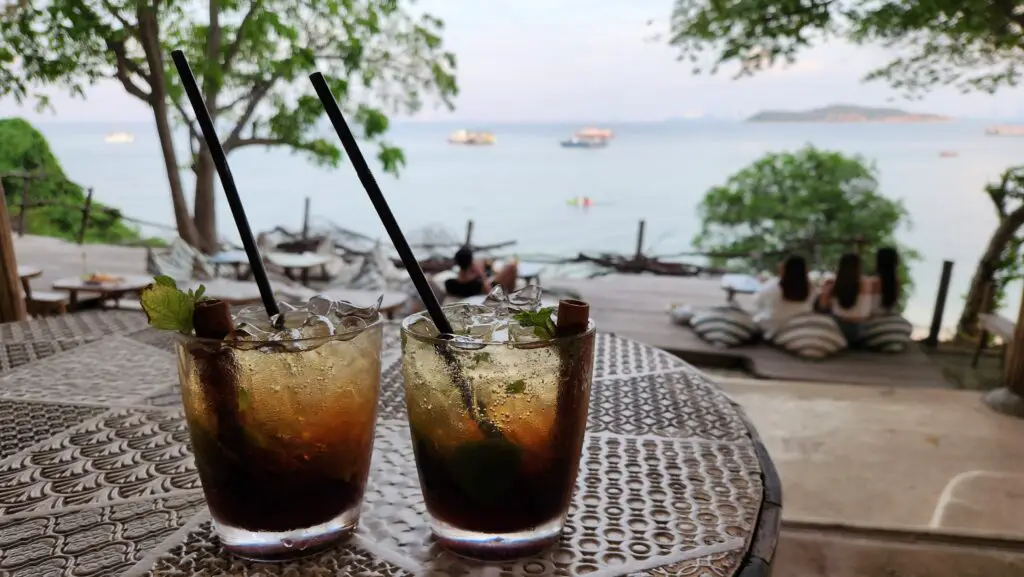
Step 3: Budget Planning and Financial Preparation
Ah, the budget. My favorite topic. The uninvited guest at the travel planning party. We all know it’s essential, but it’s like that one friend who constantly reminds you to eat your veggies. Travel costs can be broken down into 6 categories. Write these down in a list so you can fill in costs as you find them.
- Transportation Costs
- Accommodation Costs
- Food Costs
- Entertainment Costs
- Travel Insurance Costs
- Buffer Costs
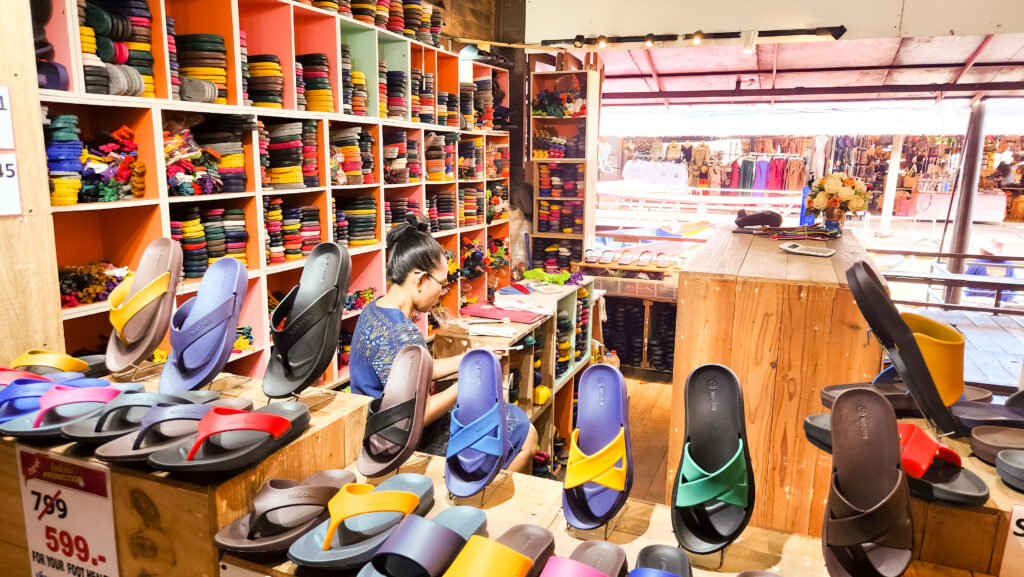
“But how do I know how much to put in each category?” Great question. There are 2 ways to think about it: by fitting a trip into a certain dollar value and by creating the trip and estimating the cost. We will continue using the second method because planning is effectively free. It is now time to place some limitations. For example:
- How long will the trip be? 2 weeks? 1 month? 3 months? – This is a critical decision because it affects accommodation, food, and entertainment costs. There are methods of cost optimization for each length of time, but generally the longer the trip, the less expensive overall.
- How many people will be going on the trip? Solo adventure? Group trip? 2 People? Family? This is a critical factor since it affects transportation, accommodation, food, and entertainment costs.
- How many destinations will the trip contain? This is a critical question as it affects transportation and accommodation costs. The more destinations, the higher the cost.
- What time of year should you go? This is a critical question because it affects transportation costs and accommodation costs
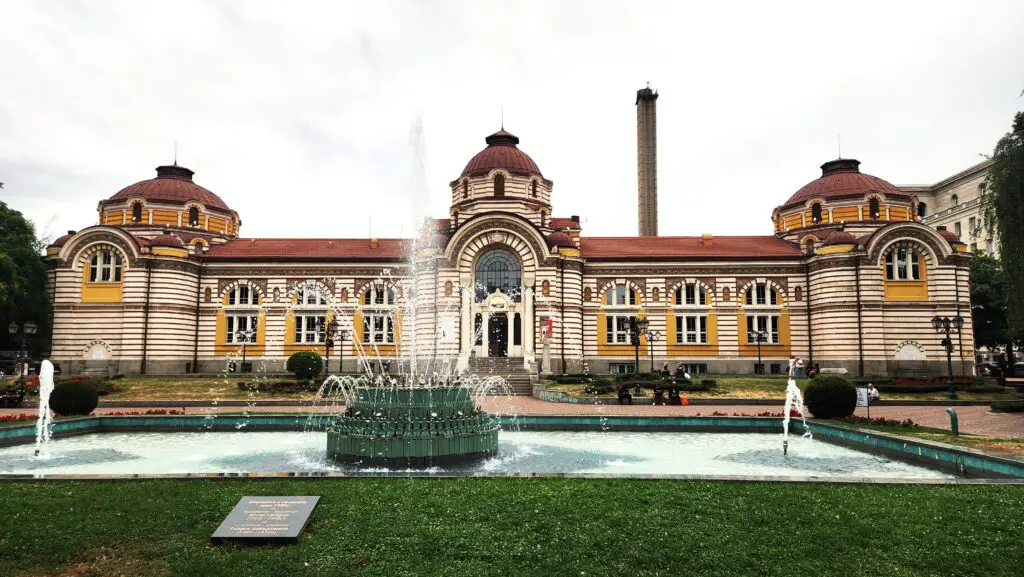
It takes time and iteration to calculate your budget down to the last dime and is completely dependent on your financial situation. Remember, it is important to prepare for unexpected expenses because travel has a mischievous way of throwing the occasional curveball. Like that time you stumbled upon a medieval fair in the heart of Tuscany and just had to try the roasted turkey leg. #WorthIt.
At this point, you may have a list that looks something like this. We don’t have the answers yet, but we have the structure to fill things in!
Trip Type: Adventure
Trip Purpose: Rock Climbing Half Dome in Yosemite
Trip Style: Camping
Number of People: 1
Number of Days: 7
Destinations: Yosemite National Park, San Francisco
Budget:
- Transportation Costs Total:
- Car:
- Airplane:
- Baggage:
- Train:
- Accommodation Costs Total:
- Hotel:
- Food Costs Total:
- Breakfast:
- Lunch:
- Dinner:
- Snacks:
- Entertainment Costs Total:
- Activity 1:
- Activity 2:
- Travel Insurance Costs Total:
- Buffer Costs:
Total Trip Estimate:
Step 4: Creating your Travel Itinerary
Now, it’s itinerary time, aka the battle between the planner and the wanderer within you. Structuring your days is essential, but leave room for spontaneity. It’s like drawing a rough map but letting your inner explorer color outside the lines. Prioritize must-see spots, but don’t forget the joy of getting lost in a charming alleyway in a foreign city. For some people, an hour by hour itinerary is the most comfortable, no decision making required. For others who wish to explore more, having the freedom and flexibility is a must! We will compromise somewhere in the middle.
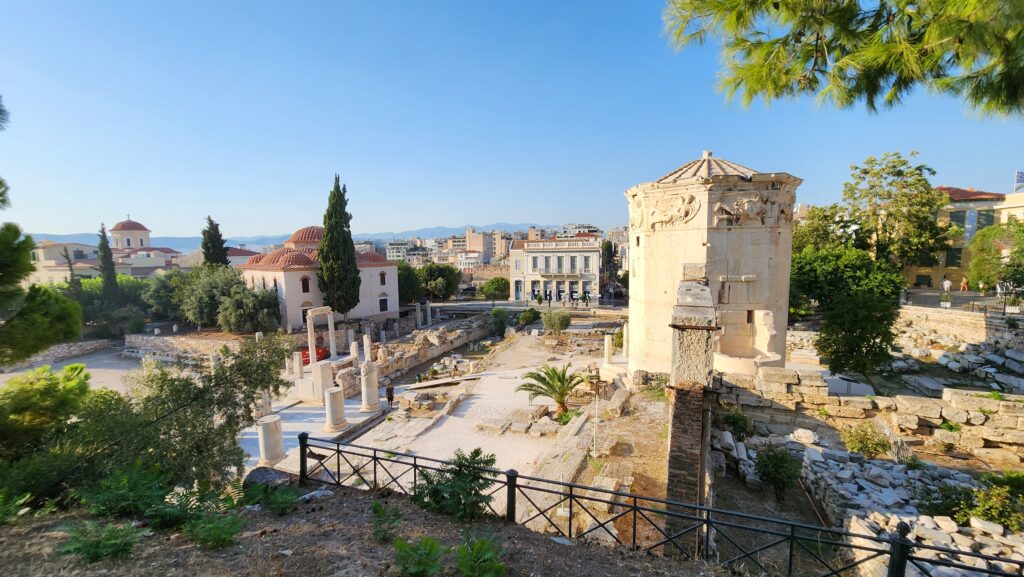
Let’s continue with our example! The 7-day itinerary for rock climbing half dome in Yosemite National Park and how we make decisions. The basic structure of an itinerary is this:
- Day:
- Morning
- Afternoon
- Evening
- Day 1:
- Morning: Travel to destination.
- Afternoon: Arrive at accommodation
- Evening: Dinner and settle in to accommodation
- Day 7:
- Morning: Breakfast and pack.
- Afternoon: Lunch and travel from accommodation
- Evening: Return to starting location
- Day 1:
- Morning: Breakfast and travel to San Fransisco.
- Afternoon: Arrive at accommodation. Lunch on the way
- Evening: Dinner and settle in to accommodation
- Day 2:
- Morning: Breakfast and activity in San Fransisco.
- Afternoon: Lunch and Activity in San Fransisco
- Evening: Dinner and settle into accommodation for the night.
- Day 3:
- Morning: Breakfast and pack.
- Afternoon: Travel to Yosemite National Park. Lunch on the way
- Evening: Dinner and settle into a campsite for the night.
- Day 4:
- Morning: Wake up early to arrive at Half Dome. Light breakfast
- Afternoon: Climb Half Dome and snacks for lunch
- Evening: Dinner and settle in to campsite for the night.
- Day 5:
- Morning: Wake up early to arrive at Half Dome. Light Breakfast.
- Afternoon: Climb Half Dome. Snacks for lunch.
- Evening: Dinner and settle in to campsite for the night.
- Day 6:
- Morning: Breakfast and Hike to the Mist Trail.
- Afternoon: Lunch and continue hike
- Evening: Dinner and settle in to campsite for the night.
- Day 7:
- Morning: Breakfast and pack.
- Afternoon: Lunch and travel from campsite to San Fransisco airport.
- Evening: Return to starting location
Remember, DIY travel planning is about control and chaos coexisting in harmony. So go ahead, and plan the Louvre visit (its an entertainment activity), but also leave room for accidentally discovering a quirky little bistro next door. That is why the structure above is not hour by hour!
Step 5: Iteration
Okay, now we are getting somewhere! We have a budget outline and a high-level itinerary. But it’s not perfect yet! We have to make decisions on Travel Accommodations and Transportation. “But how do I know what is a good deal?” That is where travel strategies and techniques come into play! A few examples:
- Travel Hacking and using Credit Card Points – There is plenty of information out there on how to save significant amounts of money on hotels and flights by effectively utilizing credit card points.
- Travel Deal Notifications – Sites like Hopper and google flights track prices for flights and can notify you when there is a good deal. If you have flexibility in your timing, this can be a huge cost saver
- Traveling in shoulder seasons – Most places in the world have a high and low time for travel. Costs follow the same trend. For example, everyone wants to go to the Caribbean in the winter, so prices are higher then.
- House Sitting – If you are traveling long term, you may consider using a website like trustedhousesitters that lets you watch cats/dogs/houses for some days at a time. It really saves costs.
- Utilizing public transportation – If you are traveling Europe for some number of months, you may consider an unlimited Eurail pass that lets you travel everywhere without purchasing a new ticket every time. Other places in the world also have public transportation cards that can save loads of money too.
- Loyalty Programs – Hotels, Flights, and Cruises have excellent perks if you use the same brand enough. You can get a better experience for similar (if not less) costs!
- Using third party websites vs direct – You can get some good deals going through third party sites (like booking.com) but it does come with some risks. Things like upgrades are prioritized for those who book direct.
But let’s keep it real – when you’re on a tight budget, that swanky hotel suite might just remain a fantasy. Embrace the budget-friendly options, and who knows, you might end up in a charming B&B with a host who knows all the best local haunts. You can even practice your “spelunking” skills by booking that budget-friendly cave room in Cappadocia. It’s Instagram gold, I tell you!
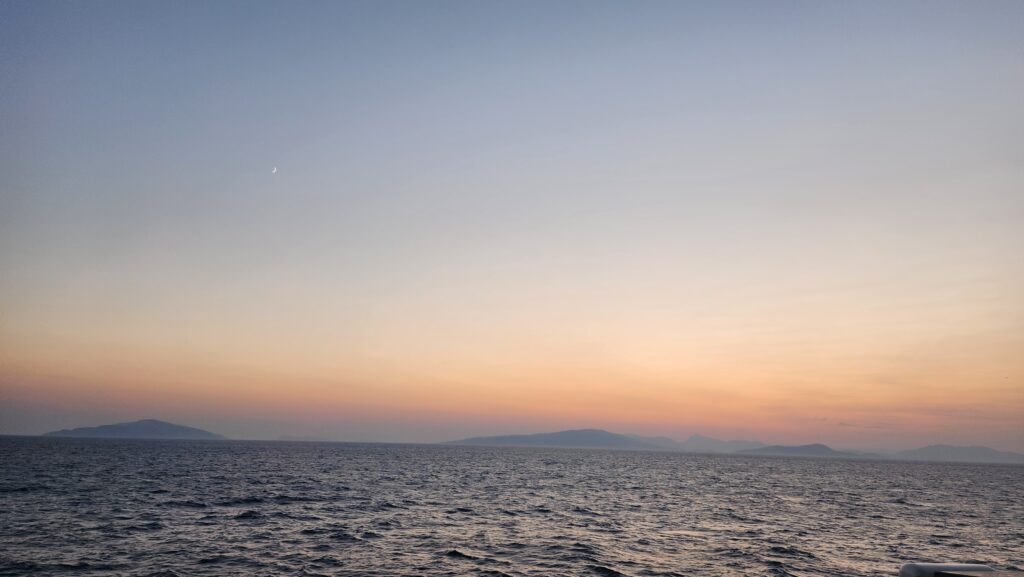
Getting from A to B – it’s like a puzzle, but with more legroom (hopefully). Finding affordable flights is the name of the game. And if you can master the art of snagging a deal, you’re practically a travel ninja. Use flight comparison websites and be open to unconventional routes. Just remember, those budget airlines can sometimes be like that discount store where you never know what you’ll find. That said, be cautious of those hidden fees and do your research.
Now that you have a destination and a plan, time to fill in the details of your budget and itinerary! Remember, nothing is set in stone until you start booking. Try out a few options and see what works best for your situation! I would recommend a low, middle, and high dollar option. Get feedback from others!
Lets get back to our example now that we have done our research. Remember to include brands and helpful information (like flight numbers) in the plan.
Trip Type: Adventure
Trip Purpose: Rock Climbing Half Dome in Yosemite
Trip Style: Camping
Number of People: 1
Number of Days: 7
Destinations: Yosemite National Park, San Francisco
Budget:
- Transportation Costs Total:
- Car:
- Uber Home to Airport: $30
- Uber Airport to Home: $30
- Rental Car in California (7 days): $500
- Airplane (delta) Round Trip: $600
- Baggage: $50
- Train: N/A
- Car:
- Accommodation Costs Total:
- Hotel (1 night San Fransisco): $200
- Camp site in yosemitie Tenting: $120
- Food Costs Total:
- Breakfast: $70
- Lunch: $100
- Dinner: $150
- Snacks: $100
- Entertainment Costs Total:
- Fishermans Warf: $50
- Lombard Street: Free
- Walk the Golden Gate Bridge: Free
- Travel Insurance Costs Total (5% of total cost): $100
- Buffer Costs: $200
Total Trip Estimate: $2,300
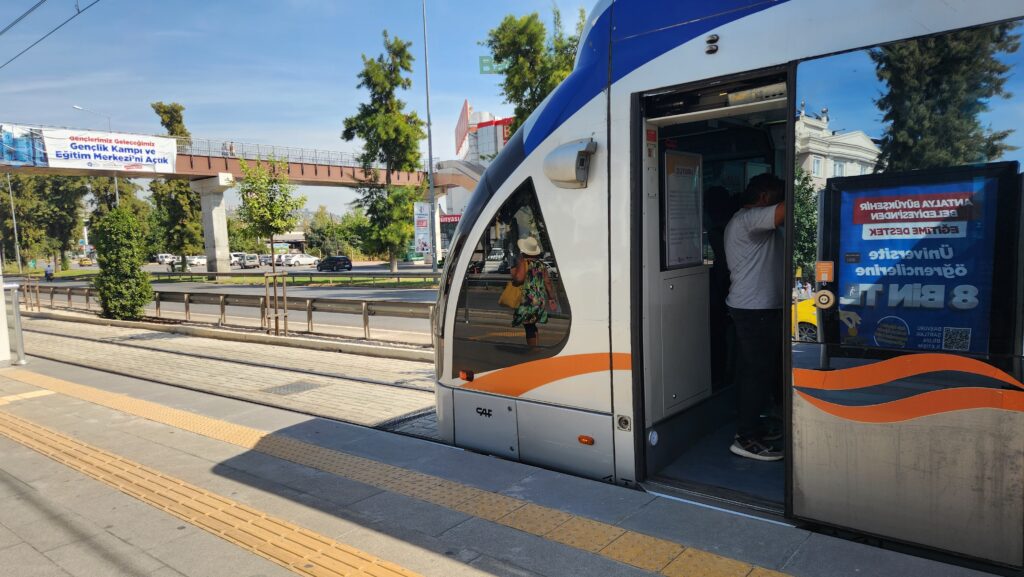
Remember, this is a “do not exceed budget” so the idea is that it is a conservative estimate. You don’t have to spend all of the money in the budget!
Food, the way to the heart and also your wallet. Eating like a local is the golden rule of budget travel. Explore markets, street food stalls, and mom-and-pop eateries – the kind of places where the menu is probably in a language you can’t read, but it’s a delightful surprise every time. Another great tip is to make your own breakfast in the morning! It saves a load of money and can be nice and relaxing. Just don’t forget to balance your adventurous palate with the occasional comfort meal, because even the most seasoned traveler craves a taste of home now and then.
Step 6: Packing and Luggage
Packing, ah yes, the art of cramming your life into a suitcase. They say less is more, and when you’re toting your bag from one train station to the next, you’ll embrace this minimalist mantra. Leave behind the “just in case” items and focus on packing smart. As for the essentials, think of versatile clothing that can mix and match like a pro – it’s like having your own fashion show with fewer suitcases.
In the case of our example, packing may be a bit more complex than the normal “bring sunscreen, sunglasses, and a hat”. Since we are going camping and rock climbing, we must bring the appropriate gear! That means, a tent, sleeping bag, water bottles, and perhaps cooking gear. Additionally, any gear needed for rock climbing is essential (I mean, that’s the purpose of the trip). We must consider the extra gear in our budget and itinerary to make sure it is accounted for. Perhaps 1 extra bag is required. From a travel strategy standpoint, the cost of camping is much lower than the cost of a hotel, so having the cost of an extra bag is a small offset. Here is what we pack when we go on an adventure.
Step 7: Final Travel considerations and booking
It is time to pull the trigger! At this point, you should have confidence in your travel plan. All of your destinations are researched, you know what you want to do and approximately when. You (and others) are getting excited for this trip! Book the transportation, book the accommodation, and write down all of the confirmation numbers and brands in your travel planning packet. And last but not least, book that travel insurance to make sure that you are covered in case anything goes awry.
Safety first, folks. It’s not the most thrilling part of travel planning, but it’s the responsible sidekick you can’t leave home without. Travel insurance is your safety net. It’s the “just in case” policy for canceled flights, lost luggage, and those moments when you step a little too close to the edge of the Grand Canyon to get the perfect shot for your Instagram (don’t do that).
Step 8: ENjoying the Journey
And finally, the best part – the trip itself. All the planning and preparation lead you to this moment. Embrace the unexpected, capture memories, and don’t forget to enjoy the small victories, like successfully ordering a meal in a language you don’t speak. It’s all part of the adventure, and whether it’s breathtaking sunsets or spontaneous encounters, the best moments usually happen when you least expect them.
Shoot us a comment on the best trip you have taken! WE LOVE TO HEAR IT. Oh! And check out some of the trips we have been on with full cost breakdowns! It might help with your own planning.
